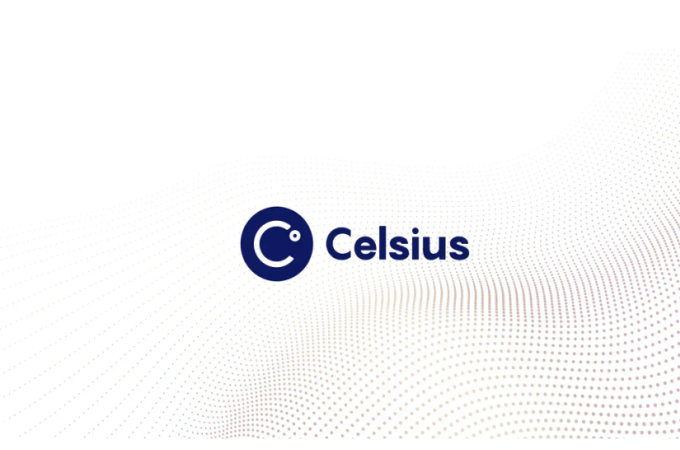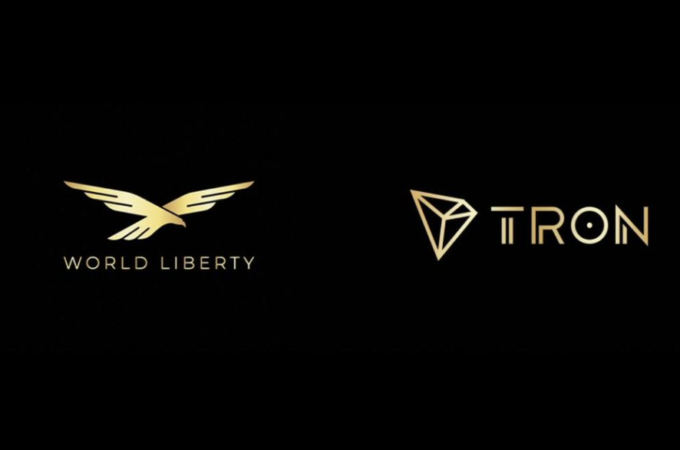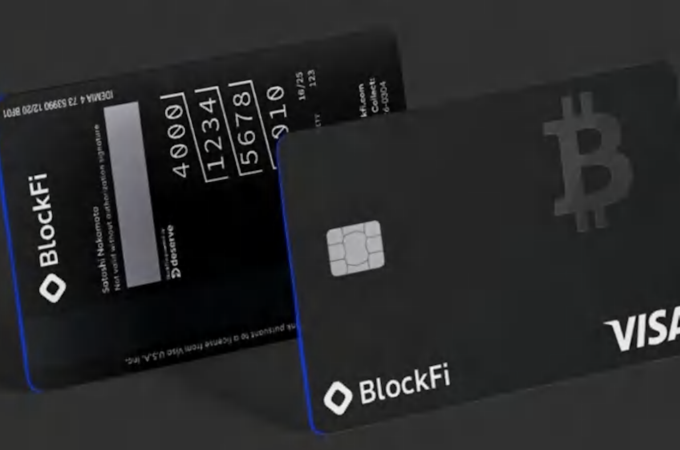
7 crowdlending sites in Indonesia
By Nadine Freischlad for TechInAsia
It’s a gold rush moment for fintech in Indonesia.
Banks and the government came to realize they’ve failed to solve one of Indonesia’s fundamental problems: financial inclusion.
It’s holding the country back. In 2014, roughly 60 percent of Indonesia’s adult population still didn’t own a bank account. Families get stuck in cycles of poverty because they don’t have access to fair loans in times of need.
There’s been slow improvement since, but no major breakthrough. Fintech is seen as the potential savior.
Mobile payments could help reach the unbanked. Microcredits distributed online could make farmers or small business owners more resilient. Algorithms that take new data sources into account can form the base for alternative credit rating systems.
Peer-to-peer lending boom
Regulations are still quite loose as the government, fintech startups, and financial institutions are negotiating new rules for this sector.
The climate has led to a proliferation of fintech startups in the country.
One of the booming categories is peer-to-peer (P2P) lending. In this type of lending, the money doesn’t come from financial institutions, but from lenders like you and me.
Here’s a rundown of P2P lending sites in Indonesia, each with its own model and lending focus.
It’s important to note all these sites are still young. Whether P2P lending at scale has a future in Indonesia has yet to be proven.
1. Modalku
Modalku can be described as a small business loan marketplace.
It offers loans of between US$3,850 and US$38,500 for small and medium businesses for a loan period of three, six, or 12 months.
Once applicants have been vetted by the platform, the loan request will be displayed on the dashboard and can be picked up by lenders.
Modalku takes a 3 percent administration from the lender and another 3 percent from the loan seeker.
The lender gets repaid in monthly installments, with an interest rate on top. The interest depends on the type of business but it’s typically around 15 to 20 percent, according to Modalku’s website.
The platform launched in Indonesia at the beginning of this year but its Sequoia-backedSingaporean parent company Funding Societies has been around since February 2015.
Modalku says it’s handed out around US$1.4 million to 65 loan seekers so far, and claims that all repayments have come through on schedule.

Indonesia is still largely a cash-based society. In n 2014, roughly 60 percent of the country’s adult population still didn’t have a bank account. ]Photo credit: Bindalfrodo.
2. Investree
Investree’s core feature is invoice financing.
It works like this: a small business is waiting to be paid by a client, but that won’t happen until the end of the month. This is where Investree lenders step in. They immediately pay the business owner the invoice amount. Once the client’s payment comes through, the lender gets the money back – with interest, of course, typically 1.2 percent a month.
The site takes also take a 3 to 5 percent admin fee from the loan-seeking borrower.
Investree also has a variety of employee loans, for things like buying a motorcycle, renovating a house, or for medical treatment. These loans are only available for companies Investree has established partnerships with. The loan range goes from US$385 to US$3,850.
Investree launched in May this year. It’s backed by Mountain Kejora Ventures.
3. Amartha
Amartha has a long history in microfinance. It started out as a group lending institution similar to Grameen Bank in 2010 and has cooperations with big banks like BNI.
Now it’s taking the concept online with hopes of reaching more borrowers and lenders.
Loans range from US$115 to US$1,540 at a runtime of between 3 and 24 months.
Groups of 15-20 people can apply for a loan, as can registered small enterprises. Borrowers don’t pay an admin fee to Amartha.
It’s the lenders who contribute a one percent admin fee to the platform each month. It’s deducted from the monthly payback installment. A lender has to invest at least US$230.
Amartha doesn’t specify how much interest a lender can expect. It only says that it’s higher than if money is simply parked at the bank.
Amartha’s advantage is that it has microfinance experience and field officers who oversee the progress and performance of borrowers’ businesses.
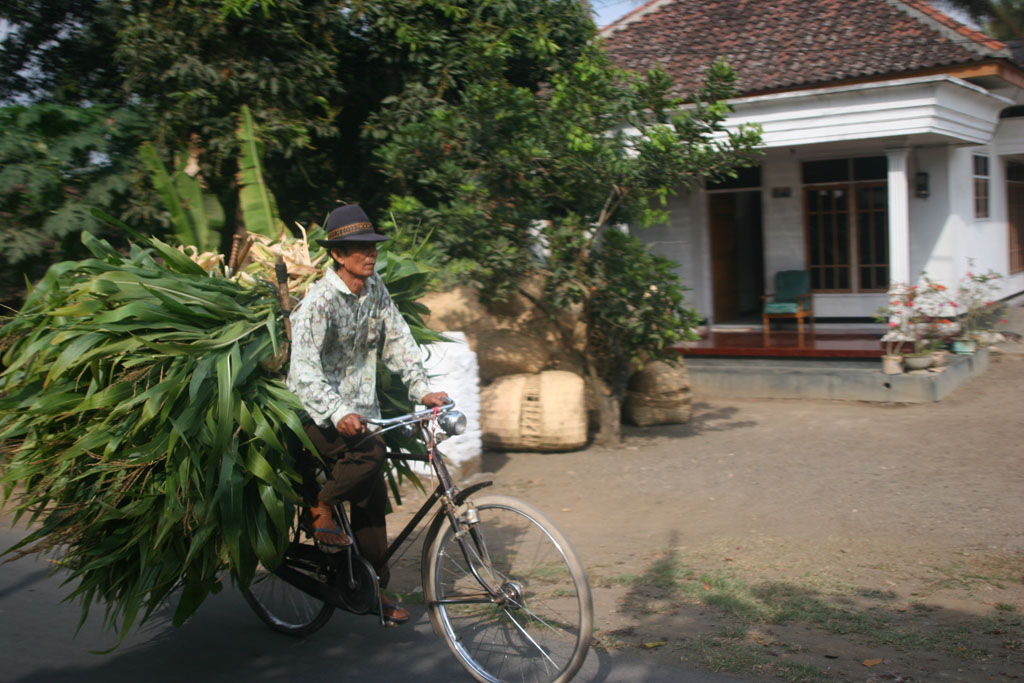
Fintech startups have to go the extra mile to reach unbanked people in rural areas through existing infrastructure.
4. GandengTangan
Gandengtangan is a crowdlending platform for social enterprises.
It works a bit like Kickstarter: borrowers create a project page and campaign to raise funds. A campaign can take up to 45 days. In contrast to Kickstarter, those who give money to a GandengTangan project don’t get souvenirs in return – they’ll get paid back cash.
But in contrast to other P2P platforms, there’s no interest. As a lender, you’ll get back exactly what you put in.
Borrowers can ask for up to US$3,850 to grow their social enterprise. Lenders can start by putting in as little as US$3.85.
The company has been operating since 2015 and has successfully financed 16 campaigns.
5. Koinworks
Koinworks, like many other P2P lending sites, also focuses on micro and small businesses.
It ranks loan applicants according to risk and encourages borrowers to spread their investments across a diverse portfolio that includes low risk projects and high risk projects. High-risk lending can yield up to 38 percent interest.
It entices lenders to try it out with a low minimum investment of US$7.70.
Koinworks launched in March this year. It takes an admin fee from the loan seeker, that’s one percent from the total fee plus interest.
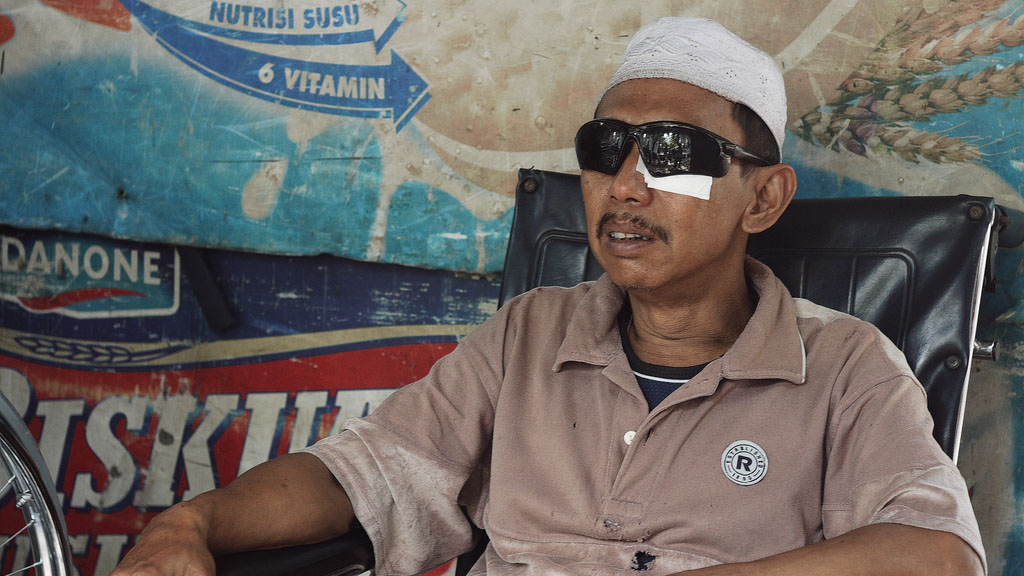
A man waiting for an eye operation. If families don’t have access to fair loans in times of need, they can end up in a cycle of poverty. Photo credit: Seika.
6. Crowdo
Crowdo is a regional company with operations in Malaysia, Singapore, and Indonesia. It’s been in Indonesia since April 2016.
It does P2P lending like many others. What sets it apart is its equity crowdfunding feature: Investors can put money into promising businesses in return for shares. However, this feature isn’t yet available in Indonesia.
7. DanaDidik
DanaDidik is a site dedicated to student loans. Students who already have a university spot and will graduate within two years are eligible to apply. The maximum loan size they can get is US$770.
Similar to Kickstarter, the student has to create a campaign page and rally to be funded. The student only gets paid out if the campaign meets its goal.
Students pay a flat admin fee of US$4.23 to launch a campaign and a one percent interest rate per month once they’re in the payback phase. That doesn’t start until after the student graduates, so the lender has to be patient.
Converted from Indonesian rupiah. Rate: US$1 = IDR 12,988
First appeared at TechInAsia

